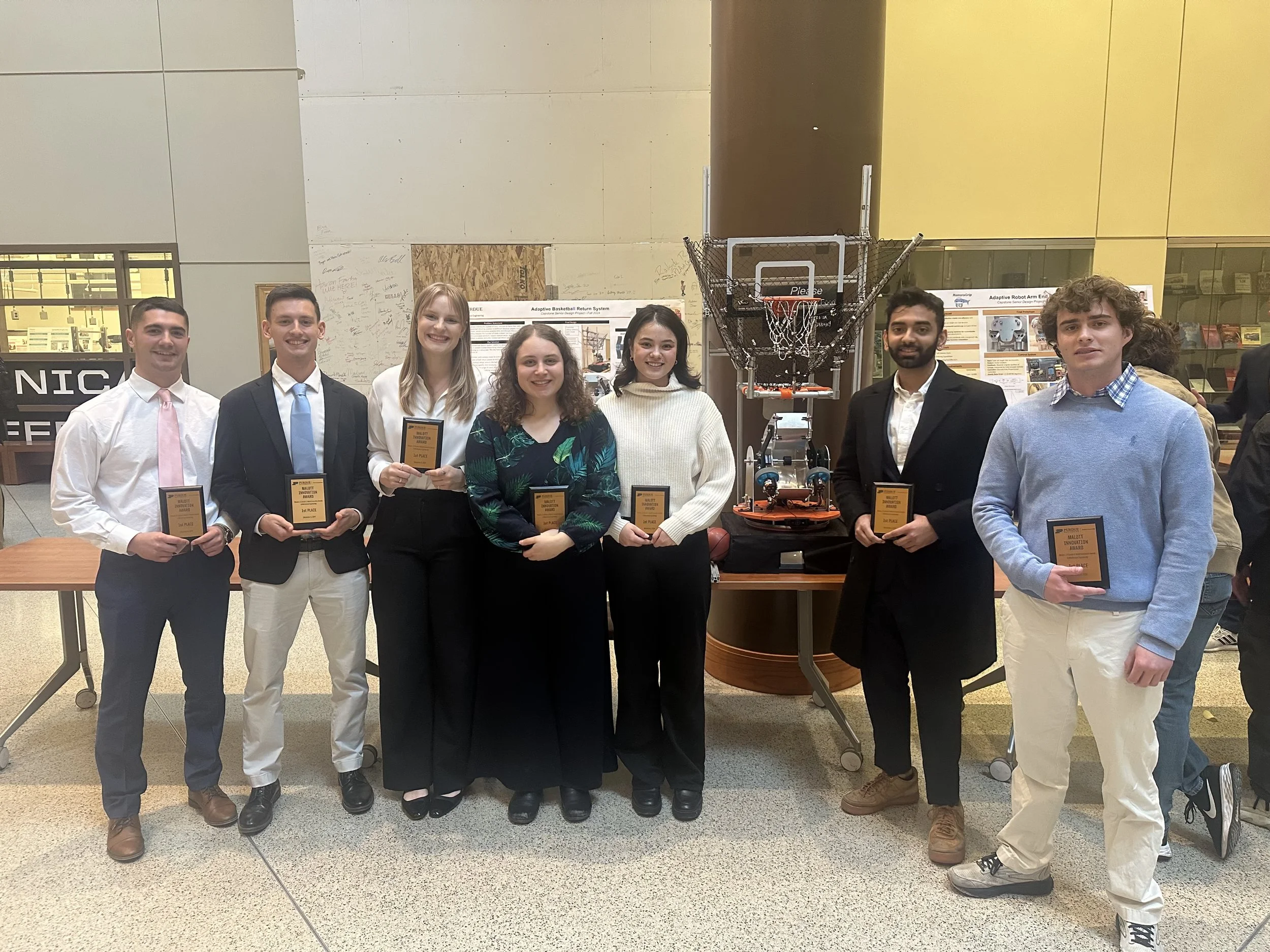"Towards superfast three-dimensional optical metrology with digital micromirror device (DMD) platforms," Opt. Eng., (2015)
/[67] T. Bell* and S. Zhang, "Towards superfast three-dimensional optical metrology with digital micromirror device (DMD) platforms," Opt. Eng., 53(11), 112206, 2014; doi: 10.1117/1.OE.53.11.112206
Decade-long research efforts toward superfast three-dimensional (3-D) shape measurement leveraging the digital micromirror device (DMD) platforms are summarized. Specifically, we will present the following technologies: (1) high-resolution real-time 3-D shape measurement technology that achieves 30 Hz simultaneous 3-D shape acquisition, reconstruction, and display with more than 300,000 points per frame; (2) superfast 3-D optical metrology technology that achieves 3-D measurement at a rate of tens of kilohertz utilizing the binary defocusing method we invented; and (3) the improvement of the binary defocusing technology for superfast and high-accuracy 3-D optical metrology using the DMD platforms. Both principles and experimental results are presented.



